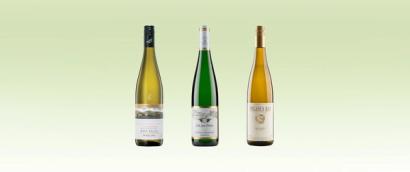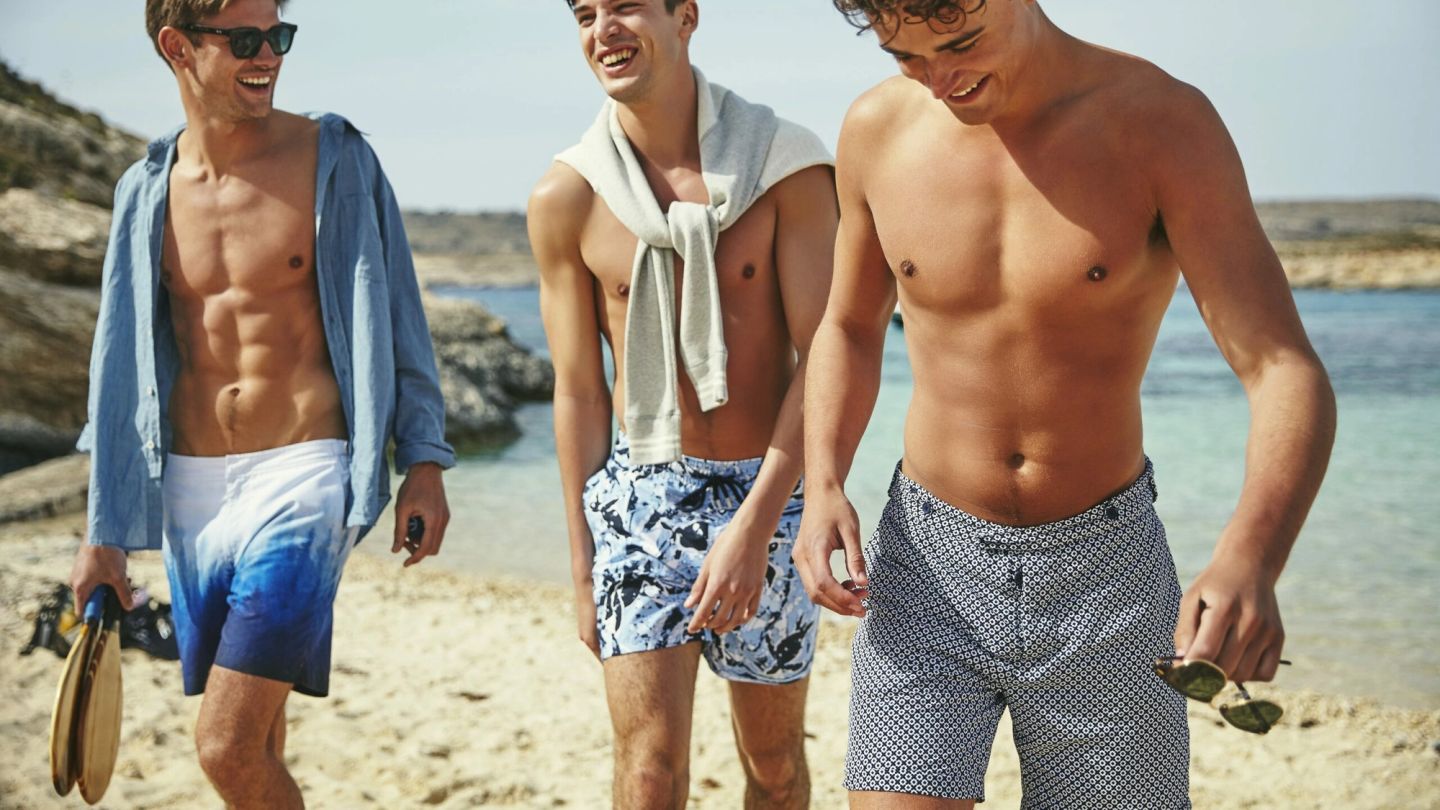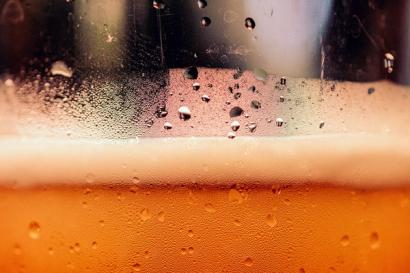

Build a beach body with Matt Roberts: Week 3 – Quads
In the third of our exclusive ten-week programme, the celebrity personal trainer focuses on the quads
- Words: Matt Roberts
This week I’m going to move away from the upper body and offer some tips to help build the muscles in the front of the upper leg, also known as the quadriceps – or quads for short.
Key exercises to include in your program for maximal growth of the quads are as follows:
Squats – this might sound like an obvious choice but there’s no escaping the effectiveness of squatting if your goal is to build the quads. However, the type of squat exercise you choose (there are loads!) will also play an important role in how effective they are for this specific goal. Many people will picture the barbell back squat when someone mentions this exercise and despite being a great option, for lots of recreational exercises this isn’t a great place to be starting.
During the squatting movement, the quads are maximally activated during deep knee flexion i.e. the lowest point of the movement. Having a barbell on your shoulders can often make getting to this position difficult as it places higher demands on ankle, hip, and shoulder mobility (the main areas where lots of people have mobility limitations). As a result, form and range of motion is compromised and the exercise becomes less effective.
With this in mind, a better choice for most recreational exercisers is the goblet squat. Holding a dumbbell or kettlebell at chest height will allow for a much fuller range of motion (think elbows to thighs) and thus give you the hit on the quads that you’re looking for. By all means progress to the barbell back squat eventually, just make sure you have built the right foundation first.
Bonus tip – elevating the heels slightly will also help to increase activation of the quads.
Bulgarian split squats (also known as rear foot elevated split squats) – This is a great unilateral option for building the quads that will help to even out any left to right differences in size and strength.
I like to set people up from the ground up with this one as it helps to stay in a good position for the whole set. Start by resting one foot on a box or bench behind you and bring the knee on that side down to the ground. The other foot should be out in front of you with the knee slightly ahead of the ankle joint. In this position, you should feel a good stretch in the quads of the back leg and your knee, hip and shoulder should all be in vertical alignment. If the stretch is too much you can flex at the hips slightly.
From this kneeling position, push into the ground with the front foot and drive the body upwards until the front knee is extended. Then lower yourself back down to the start position, initiating the next rep just before the knee touches the ground. You can load this exercise with dumbbells held at your sides.
Bonus tip – a slightly narrower stance from front to back with help to achieve a bigger hit on the quads.
The Peterson Step-up – this is an exercise that can catch you off guard at first because it doesn’t look like much and its best performed using just bodyweight. However, when you use as it as a high repetition finisher to your leg workout it’s a tough but great way to build the vastus medialis oblique muscle (the tear drop shaped muscle around the knee).
Using a low step (approximately 8-10inches high) stand so one foot is on the step and the other is hanging over the edge with the toes pulled up towards you. Move onto the ball of the standing foot and bend the knee so it tracks forward over the toes (be mindful that knee doesn’t bend inwards towards the midline of the body). As you move down the heel of the hanging leg should eventually contact the floor. When this happens push through the ball of the stance foot and return to the start position. Avoid pushing off the floor with the hanging leg and let the stance leg do all the work.
Bonus tip – once this exercise starts to feel easy increase the height of the step rather than adding load.
For the first two exercises, you can use the same rep and set scheme as last week which is shown below:
Week 1 – 3×8 (72reps/session, 144reps/week), Week 2 – 3x 10 (90reps/session, 180reps/week), Week 3 – 3×12 (108reps/session, 216reps/week), Week 4 (deload week), 2×10 (60reps/session, 120reps/week). Then repeat the cycle for next 4 weeks aiming to add small increases to the weights used (don’t miss any reps though!). Aim to include these exercises into your training schedule twice each week.
For the Peterson step ups complete 2-3 sets of 12-15 reps at the end of your leg session.
Building muscle for the beach inevitably means you need to eat more calories. This is because your body needs more energy when it’s faced with demanding exercise than when it’s at rest. But it’s important to get the balance right between training days and non-training days. You don’t want to underfeed when you need fuel for recovery and growth and you don’t want to overfeed when you’re inactive. This often leads to two unwanted results – fat gain and muscle loss.
Instead, aim to eat a little more on training days and a little less on rest days. Here are some general guidelines – Training day = 3000kcal, non-training day = 2500kcal.


